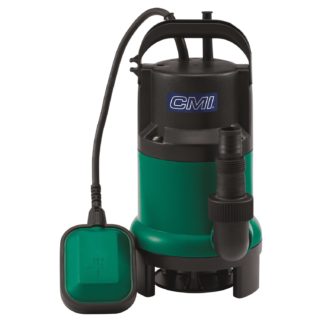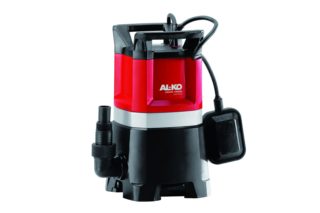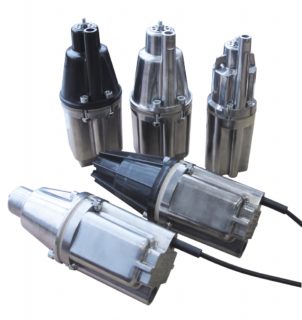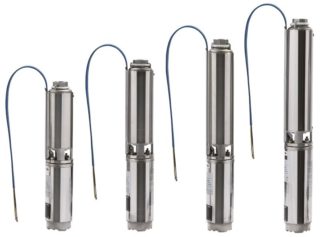To start using submersible pumping equipment, you need to familiarize yourself with the conditions of its use, areas of application and the types of equipment itself.
Basically, such equipment is used to supply water from wells and shaft wells. You can use such equipment on an open tank or source. It is only necessary to observe the basic rule of use - complete immersion of the pumping equipment into the thickness of the pumped liquid. If this condition is not met, the equipment will fail very quickly and repair or purchase of a new device will be necessary.
The design of submersible pumps is almost the same regardless of the model. First, all submersible pumps have a completely sealed casing. Such a housing protects the electric motor from contact with an aqueous medium.
Differences of submersible pumps
- All models have a coarse filter. This device is able to protect the inside of the pump from the ingress of sand and small stones.
- All pumps have a check valve. It will prevent the liquid from moving in the opposite direction. This element can be installed additionally.
- The presence of an outlet pipe, power cable leads, special clamps for securing the cable.
Advantages and disadvantages of downhole equipment
Advantages of submersible pumps
- Almost silent operation and minimal vibration.
- The equipment cannot freeze.
- No additional cooling system is required because the equipment, while in the water, cannot overheat. This eliminates the possibility of a quick pump breakdown.
- High performance. Due to this, such pumps can be used for servicing deep wells. The maximum depth of use is over 100 meters.
- The body is made of steel alloy and is designed for a long life.
Disadvantages of submersible pumps
- Difficulty installing equipment. This is determined by the depth of the well and the design of the pumps.
- For repair work or maintenance, pumping equipment must be removed from the well shaft.
- For the operation of the equipment, it is necessary to install a special cable with enhanced protection against moisture.
Types of submersible equipment
Many companies that produce pumping equipment for servicing wells or wells offer the user a fairly large selection of models and varieties of hydraulic machines.
Vibrating equipment
Centrifugal equipment
Of the advantages, it can be noted:
- Virtually silent operation.
- High performance.
- The ability to use at a fairly large depth.
- Creation of a high fluid pressure.
Disadvantages:
- High price.
- Requires complex assembly work during installation.
Screw pumping equipment
Such equipment is rarely used and is not popular. They are suitable for pumping viscous and highly contaminated liquids. They can be used at great depths. Among the disadvantages is the frequent replacement of parts that wear out or break due to friction.
Vortex pumping equipment
The principle of operation of such equipment is similar to centrifugal pumps. Only vortex pumps are much more powerful than them. Of the advantages, it is possible to note a simple design and the ability to pump liquid, in which there is any gas. These devices cannot be used to pump liquids with sand, small stones or silt.












